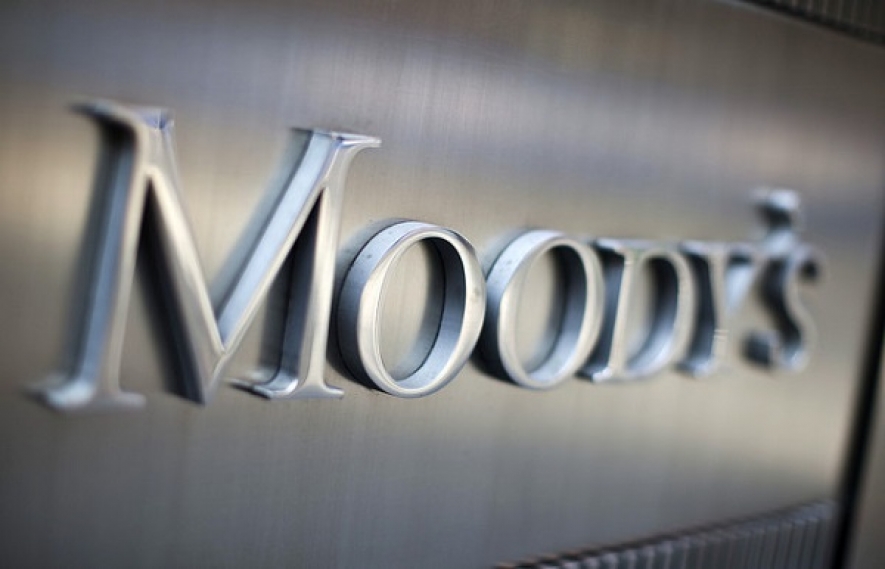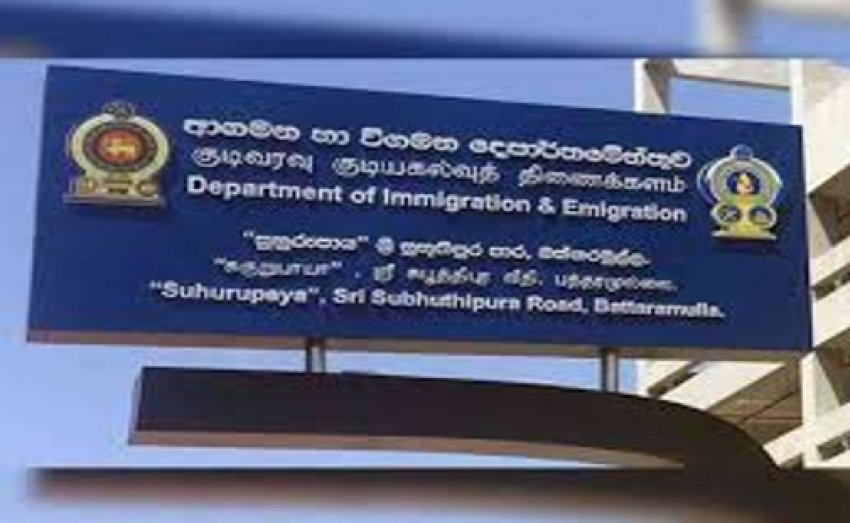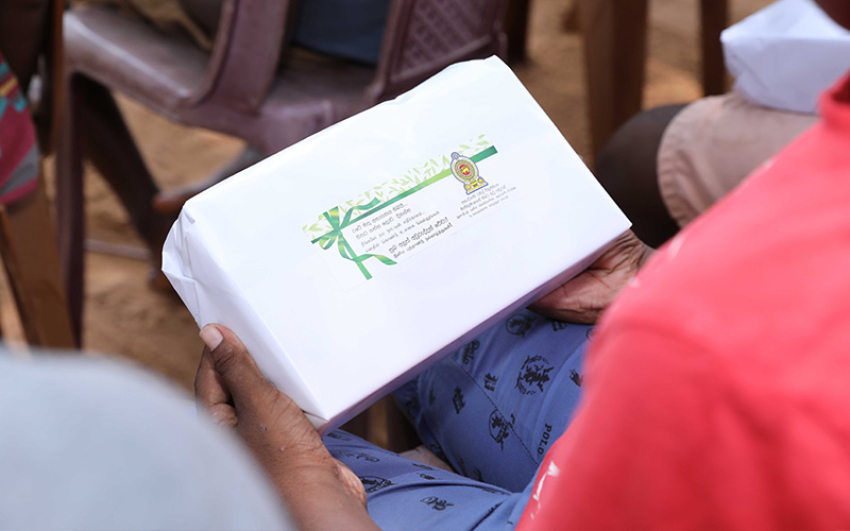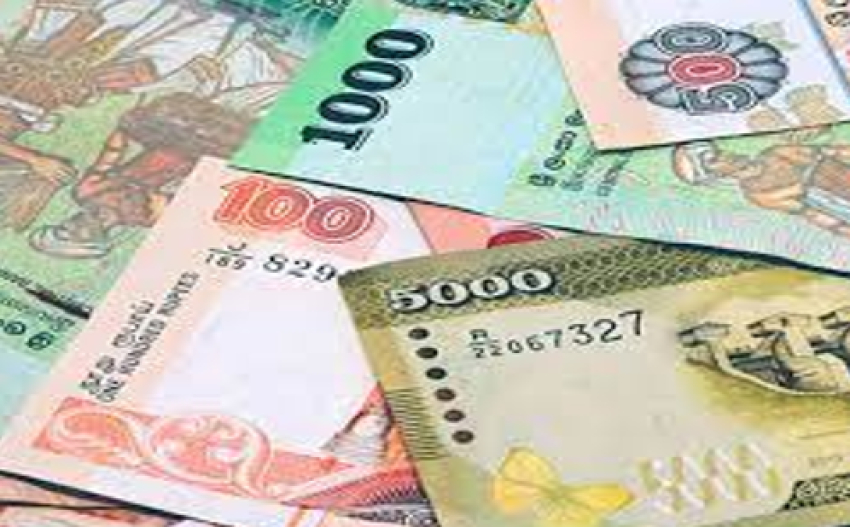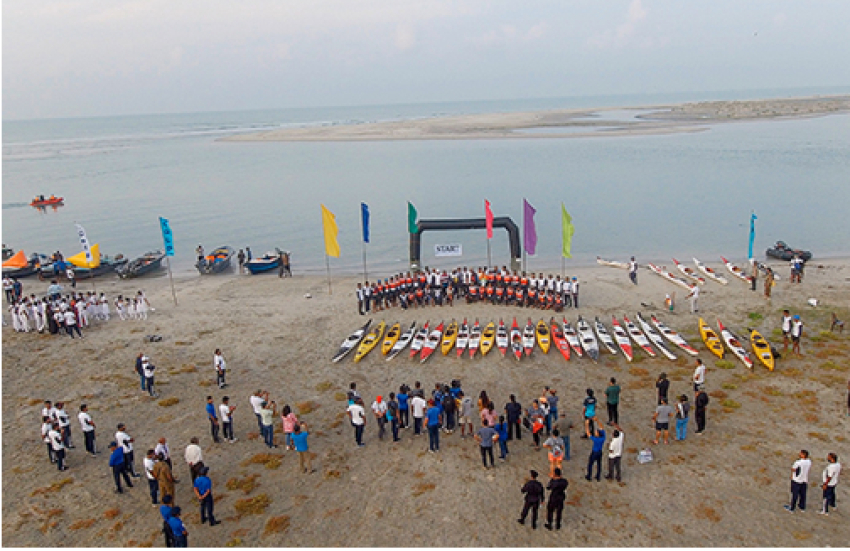Speaking on the release of Moody's "Banking System Outlook Sri Lanka", which is Moody's first banking system outlook for Sri Lanka, a Moody's Vice President and Senior Analyst Srikanth Vadlamani said since the end of the long civil war in 2009, the country has been rebuilding.
"A pipeline of infrastructure projects is expected to boost economic growth, together with an accommodative monetary policy. In such an environment, loan growth will rebound and asset quality will stabilize."
"Our stable outlook for the Sri Lankan banking system is also consistent with our stable outlook on the Sri Lankan government's B1 rating," says Vadlamani.
The report , whose outlook expresses Moody's expectation of how bank creditworthiness will evolve in this system over the next 12-18 months, looks at Sri Lanka's banking system in terms of five factors: Operating environment (which is classified as "stable"); asset quality and capital ("stable"); funding and liquidity ("stable"); profitability and efficiency ("stable"); and systemic support ("stable").
"Our analysis estimates 14% loan growth this year and we do not view this as excessive. Instead, the key risk to the outlook for economic growth is Sri Lanka's high current account deficit and a resulting reliance on external debt capital flows. This structural weakness exposes the economy and currency to shifts in investor sentiment," says Vadlamani.
However, in this context, the Moody's report notes that Sri Lanka's banks and sovereign have been able to access the international debt markets at relatively attractive yields, compared to past averages, over the last year, indicating the high confidence of foreign investors in the economy.
On the issue of pawning loans, the report says that non-performing loans (NPLs), which had risen because of widespread use of the gold-secured loans, should stabilize after a sharp increase in 2013.
"We note that lending standards have tightened and, given that these loans have a tenure of only around 12 months, we expect NPLs in this segment to start stabilizing from around the third quarter of 2014," says Vadlamani.
Moody's rates two of the 10 largest banks in Sri Lanka by assets. The two - Bank of Ceylon and Hatton National Bank - accounted for about 30% of system assets in March 2014. The 10 largest banks together represent 87% of banking system assets.
The rated banks' baseline credit assessments (BCA) are in the b1-b2 range, corresponding to a bank financial strength rating (BFSR) of E+.

